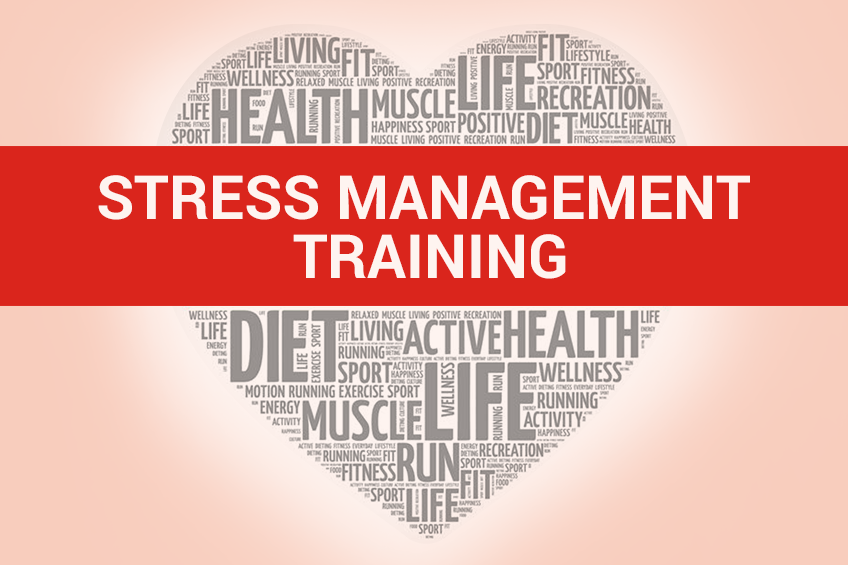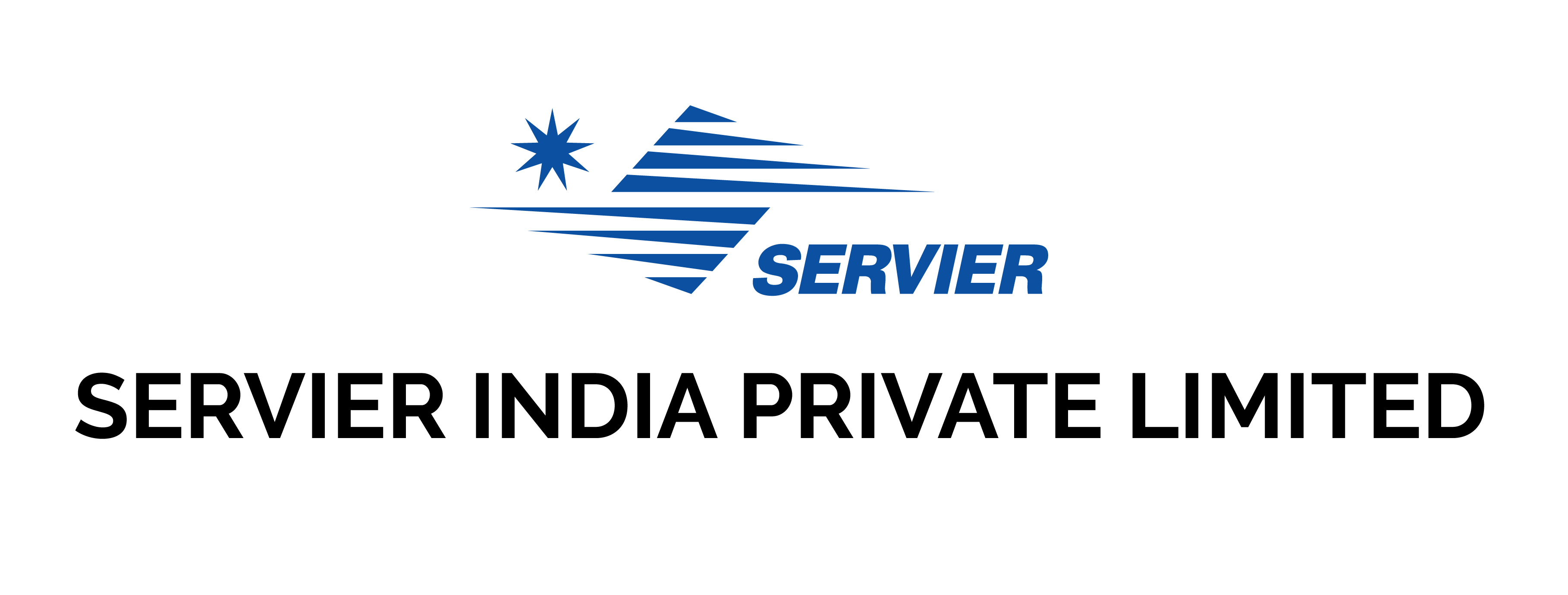Apart from being prescribed medicines to lower their elevated blood pressure and elevated levels of certain clot-forming fats, patients of coronary heart disease are advised to stop smoking, and to follow a certain exercise and diet regimen. These form the components of cardiac rehabilitation1 – the gradual recovery process of the heart.
An additional measure that is rapidly becoming a part of cardiac rehabilitation is Stress Management Training (SMT).
What does stress have to do with angina?
First, let us be clear that a stress2 is not an external factor but a person’s exaggerated, abnormal response to that factor. However, for the purpose of this article, we will refer to the external factors themselves as stresses. These stresses could take the form3 of pressure or troubles at home, work, financial difficulties, difficult or tragic life events and more.
Such stresses have been found to contribute2 to alterations in the blood supply to the heart, changes in its pumping action, effects on the overall control of the nervous system over the heart, an increase in the levels of substances which help form clots that block the arteries of the heart, the development of heart attacks, and sudden death.
People who face “permanent stress” at home or at work are more than twice2 as likely to suffer a heart attack as compared to those who don’t. Working individuals2 who are over-competitive or overcommitted at work, and those who face poor promotion prospects and stalled careers paths are at greater risk; this is doubled in the case of those who experience a mismatch between work effort and work rewards. Those who suffer heart attacks are often found to have encountered such stress in the past3.
Many patients experience anginal episodes which occur in the absence of physical exertion; these are likely to be triggered by stress. Such patients may even go through episodes of temporary reduction of blood flow to the heart, without feeling chest pain4, which still causes damage to the heart. Such ‘silent’ heart attacks4 are often brought on by emotional or psychological stress alone.
What is Stress Management Training5 (SMT)?
Sources of stress cannot always be eliminated; however, we can change how we respond to, and deal with them. SMT visualises stress as an imbalance between high demands on an individual (which may even be self-imposed) and limited resources to cope with them. The training is designed to reduce demands as much as possible, and to increase one’s ability to cope with them.
SMT may be imparted one-on-one or as part of a group, and can even be practised at home. The initial sessions are intended to establish rapport, promote group cohesion and social support, and provide a scientific basis for the importance of stress as a risk factor for the exacerbation of heart-related problems. Strategies for reducing demands on an individual include prioritising, time management, establishing personal values, and avoidance of stress-producing situations. Subsequent sessions focus on modifying one’s response to situations that cannot be readily changed. Several sessions are devoted to training in progressive muscle relaxation techniques and the use of visual imagery to reduce stress.
Trainees are taught to identify irrational beliefs and abnormal responses to stress such as overgeneralization, always expecting the worst, and all-or-nothing thinking. Sessions also focus on the importance of effective communication, assertiveness and anger management. Instruction on problem solving strategies is also provided, in which participants are encouraged to apply the skills they have learned to address their own everyday problems.
How does SMT benefit patients of angina?
SMT, when added to conventional cardiac rehabilitation, has been found to reduce adverse cardiac events by almost 50%5, as compared to treatment with cardiac rehabilitation alone. One’s likelihood to suffer a stroke, or an anginal attack requiring hospitalisation, diminishes.
Patients who undertake a combined5 exercise and stress management program are likely to show more improvement6 on their exercise tolerance tests. The frequency5 of anginal attacks decreases7 in those who follow this course, as opposed to those who only follow an exercise regimen. Such patients also reduce8 their dependence on medication, a benefit that is sustained8 in the long term.
For those who undergo SMT and still suffer anginal pain, the severity of the pain may be lesser8. These patients also report an increase8 in their level of daily activity. Cholesterol levels, systolic blood pressure and resting heart rate are all decreased8 in those who listen to relaxation and imagery tapes.
Reduction in daily stress is associated with reduction9 in the level of clot-promoting substances in the blood, and improvement in smoking behavior. Daily hassles are more9 important influencers of cardiac damage than one-time life events. The blood levels of certain substances which are indicative10 of coronary heart disease are measurably lower5 in those who practise their SMT.
SMT reduces the disruption7 of life caused by chest pain, and breaks the vicious cycle of stress, pain and abnormal response to stress. It improves quality of life, and reduces5 symptoms of anxiety and depression too.
All scientific evidence recommends the incorporation of SMT in the treatment of patients with coronary heart disease.
References:
- James A. Blumenthal, Andrew Sherwood, Patrick J. Smith, Lana Watkins, Stephanie Mabe, William E. Kraus, Krista Ingle, Paula Miller, Alan Hinderliter. Enhancing Cardiac Rehabilitation With Stress Management Training: A Randomized Clinical Efficacy Trial. Circulation, April 2016, Vol 133, Issue 14.
- Joel E. Dimsdale. Psychological Stress and Cardiovascular Disease. J Am Coll Cardiol. 2008 Apr 1; 51(13): 1237–1246.
- Annika Rosengren, Steven Hawken, Stephanie Ounpuu, Karen Sliwa, Mohammad Zubaid, Wael A Almahmeed, Kathleen Ngu Blackett, Chitr Sitthi-amorn, Hiroshi Sato, Salim Yusuf. Association of Psychosocial Risk Factors With Risk of Acute Myocardial Infarction in 11119 Cases and 13648 Controls From 52 Countries (The INTERHEART Study): Case-Control Study. Lancet 2004 Sep 11-17;364(9438):953-62.
- J E Deanfield, M Shea, M Kensett, P Horlock, R A Wilson, C M de Landsheere, A P Selwyn. Silent Myocardial Ischaemia Due to Mental Stress. Lancet 1984 Nov 3;2(8410):1001-5.
- James A. Blumenthal, Andrew Sherwood, Patrick J. Smith, Lana Watkins, Stephanie Mabe, William E. Kraus, Krista Ingle, Paula Miller, Alan Hinderliter. Enhancing Cardiac Rehabilitation With Stress Management Training: A Randomized Clinical Efficacy Trial. Circulation. 2016 Apr 5; 133(14): 1341–1350.
- Christine Bundy, Douglas Carroll, Louise Wallace, Robert Nagle, Stress management and exercise training in chronic stable angina pectoris, Psychology & Health, 1998, 13:1, 147-155.
- Trzcieniecka-Green A, Steptoe A. The effects of stress management on the quality of life of patients following acute myocardial infarction or coronary bypass surgery. Eur Heart J. 1996;17(11):1663‐1670.
- Blanche Amarosa-Tupler, Jack T Tapp, Robert V Carida, Journal of Cardiopulmonary Rehabilitation: September 1989 – p 348-355.
- Jos WR Twisk, Jan Snel, Han CG Kemper, Willem van Mechelen. Changes in daily hassles and life events and the relationship with coronary heart disease risk factors: A 2-year longitudinal study in 27–29-year-old males and females. Journal of Psychosomatic Research, Volume 46, Issue 3, March 1999, Pages 229-240.
- Jain S, Mills PJ, von Känel R, Hong S, Dimsdale JE. Effects of perceived stress and uplifts on inflammation and coagulability. Psychophysiology. 007;44(1):154‐160.


